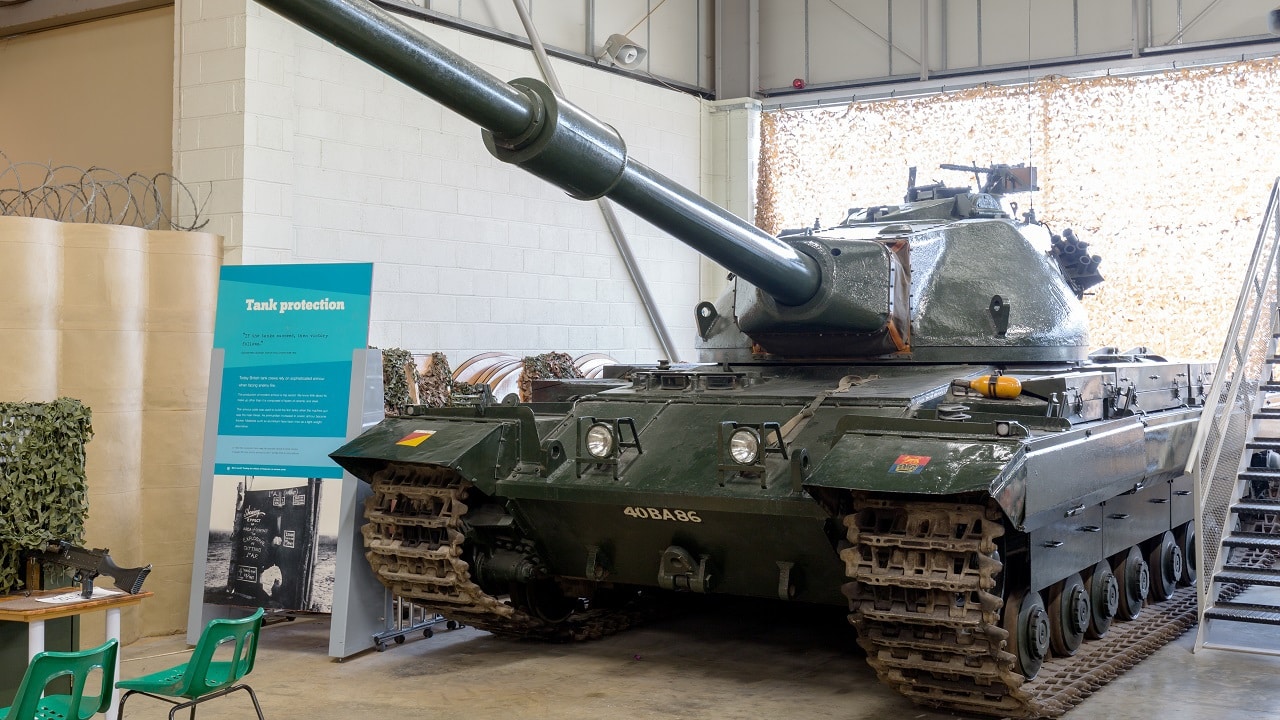Meet the Conqueror: During the Second World War, the British Army struggled to develop a tank that was able to truly stand up to the best that Germany had to offer. Efforts such as the Cromwell were essentially outmoded by the time they arrived on the battlefield. The Comet, which was certainly the best British tank of the war, arrived only in the final weeks of the hostilities.
Yet, it could be argued the British military learned valuable lessons, and it went on to develop the Centurion – one of the very best tanks in service during the early Cold War era. In addition, the British introduced the FV 214 Conqueror, which was designed as a response to the Soviet IS-3 heavy tank.
Instead of supplanting the Centurion, the Conqueror was meant to provide long-range anti-tank support. It utilized the chassis from the FV201 Universal Tank and wielded a large-caliber 120mm rifled main gun that was situated in a heavily armored traversing turret. The hull was made up of plates of homogeneous rolled armor, and the vehicle was powered by a Rolls-Royce Meteor M120 No 2 Mk1A liquid-cooled gasoline engine developing 810hp at 2,800rpm. It was able to keep up with the Centurion on the road, and under tactical conditions could also match the Centurion cross-country.
Despite its potential, just 185 of the 64-tonne heavy tanks were manufactured during a three-year-long production cycle. From 1955 to 1966, all of those were deployed to the British Army of the Rhine (BAOR).
Efforts to Save the Conqueror
Today, fewer than a dozen surviving Conqueror tanks, including one that is on display at The Tank Museum, Bovington, while another is at the Land Warfare Hall of the Imperial War Museum Duxford.
Efforts are now underway to preserve another FV 214. A rusting hulk has been brought to the Royal Lancers and Nottinghamshire Yeomanry Museum at Thoresby Park, near Ollerton in Nottinghamshire where volunteers will spend the next few months restoring the heavy tank.
The location is fitting, as Thoresby was used as a training ground for British Army tanks during World War Two. Yet, it is the first time that such a vehicle had been back to the Thoresby Courtyard in some 80 years.
“Thoresby has a long association with the British tank, and it only seems fitting that a great venue…will be home to such a historic and significant exhibit,” Keith Girling, Nottinghamshire County Council’s armed forces champion, who served in the Grenadier Guards for 18 years, told the BBC. “I’m sure the presence of the FV 214 Conqueror will no doubt prove to be a huge attraction to people coming to our county.”
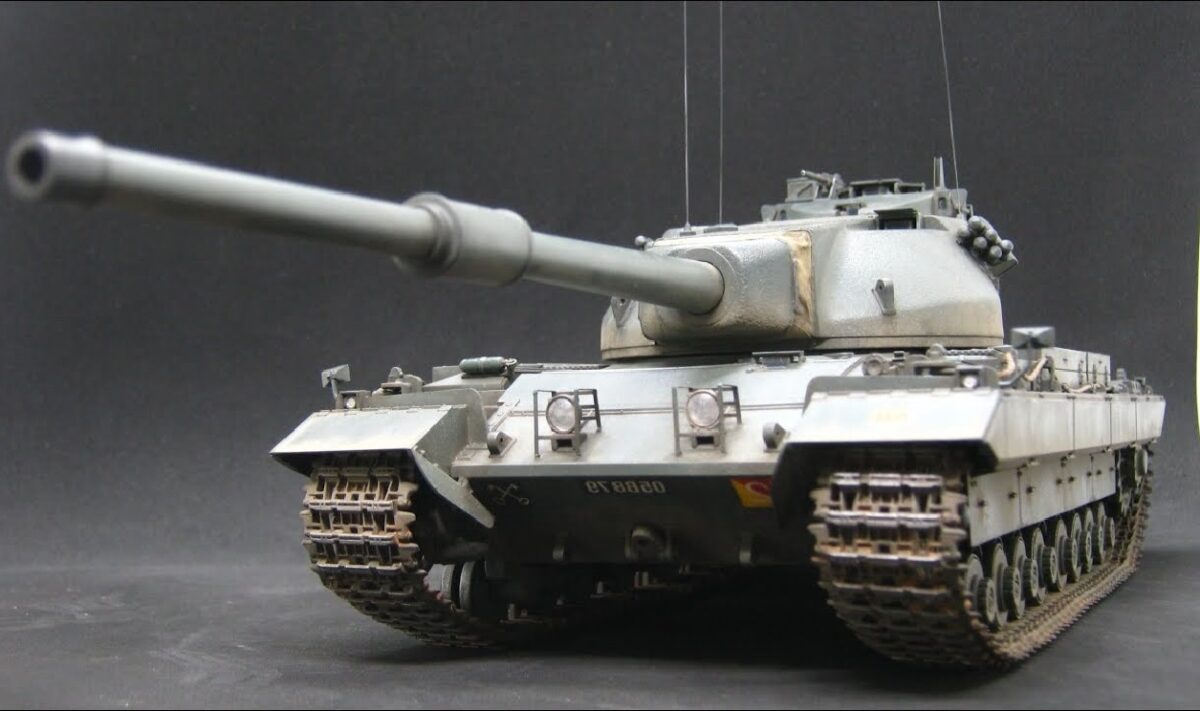
Image: Creative Commons.
The tank could provide the Royal Lancers and Nottinghamshire Yeomanry Museum with some added “wow factor,” said curator Mick Holtby. “Visitors will want to come and see it and that’s why we have put it where we have, because when people come out from the car park they will see it and think ‘wow, that’s a beast’ – and it is a beast.”
Best Tank Ever Photo Essay: Meet the M1 Abrams
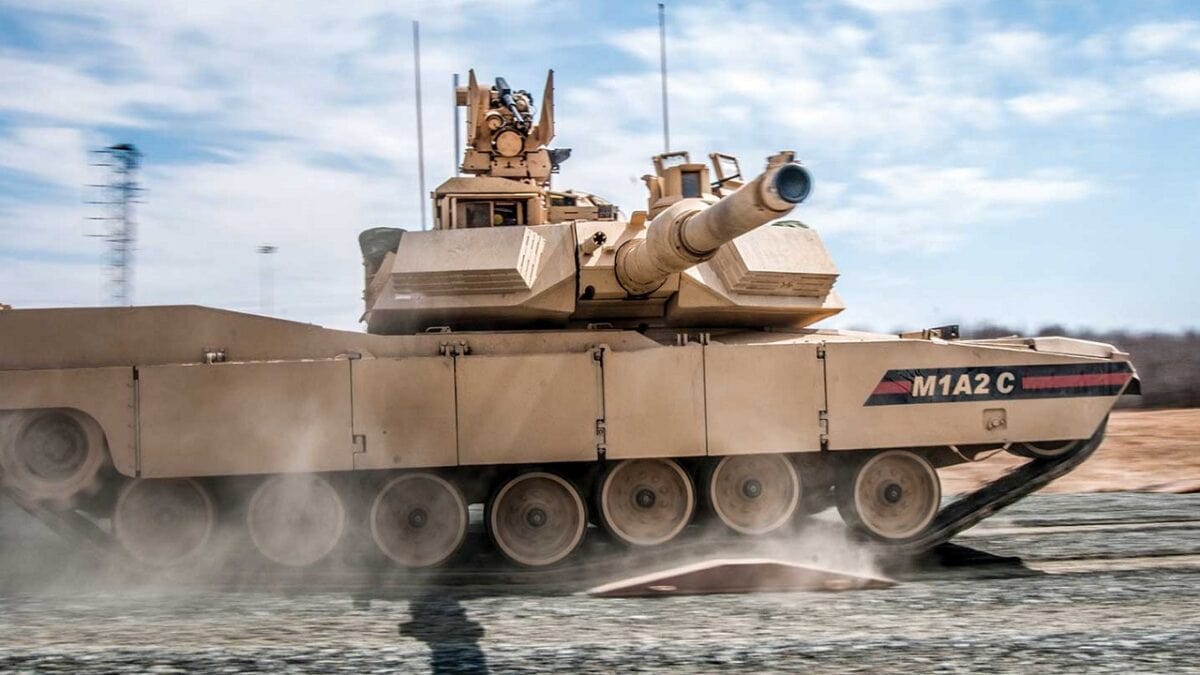
The Abrams Main Battle Tank closes with and destroys the enemy using mobility, firepower, and shock effect.

An M1A1 Abrams Tank fires off a round as a demonstration during 1st Tank Battalion’s Jane Wayne Spouse Appreciation Day aboard the Marine Corps Air Ground Combat Center, Twentynine Palms, Calif., April 3, 2018. The purpose of the event is to build resiliency in spiritual well being, the will to fight and a strong home life for the 1st Tanks Marines and their families. (U.S. Marine Corps photo by Lance Cpl. Rachel K. Porter)
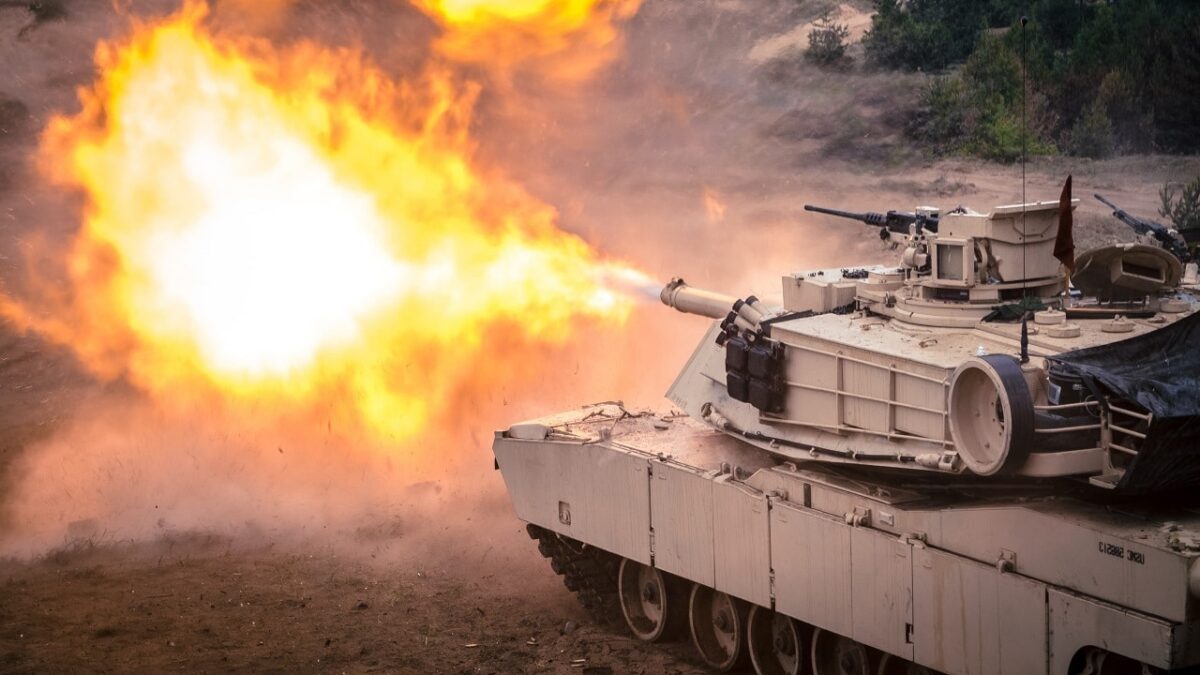
M1 Abrams Tank firing. Image Credit: Creative Commons.
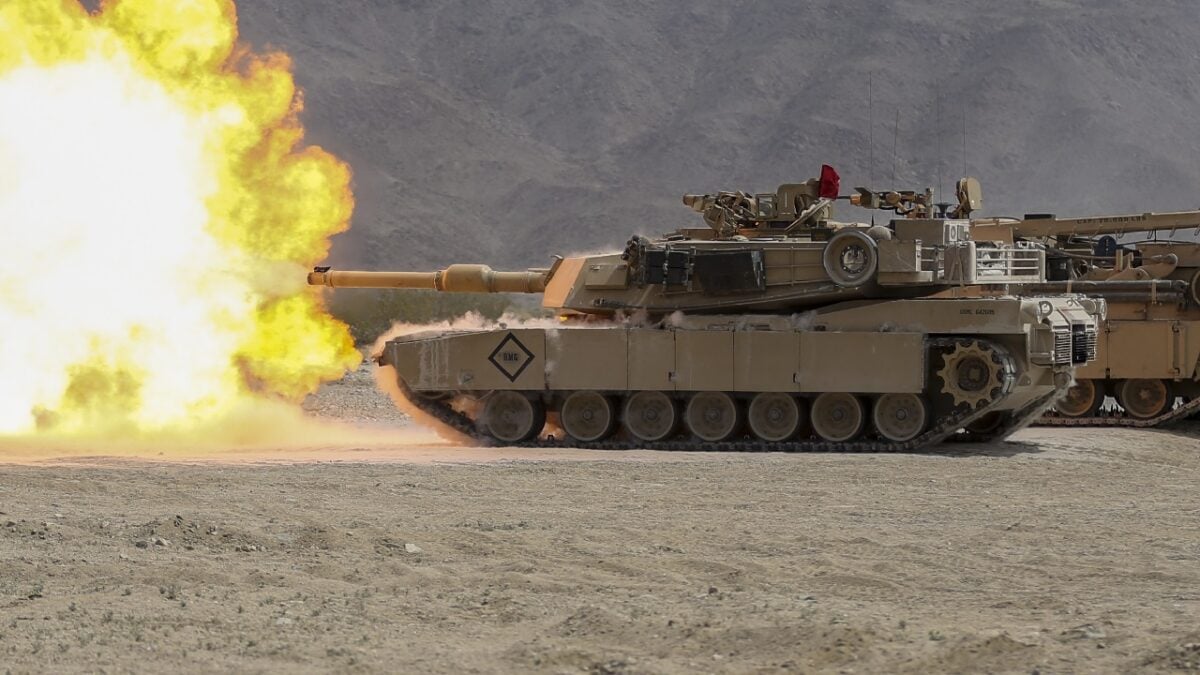
An M1 Abrams Tank fires off a round as a demonstration during 1st Tank Battalion’s Jane Wayne Spouse Appreciation Day aboard the Marine Corps Air Ground Combat Center, Twentynine Palms, Calif., April 3, 2018. The purpose of the event is to build resiliency in spiritual well being, the will to fight and a strong home life for the 1st Tanks Marines and their families. (U.S. Marine Corps photo by Lance Cpl. Rachel K. Porter)
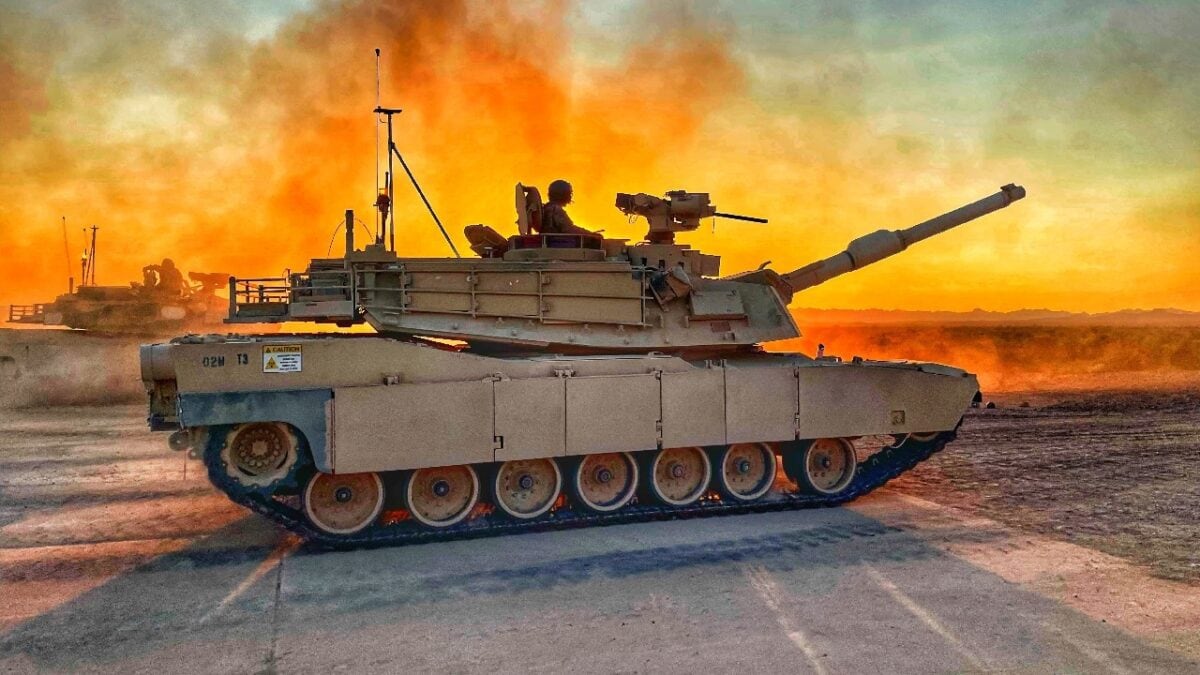
US Army M1 Abrams Tank. Image Credit: Creative Commons.
MORE: Joe Biden Won’t Send F-16 Fighters to Ukraine
MORE: Why Putin Should Fear the F-16 Fighter
A Senior Editor for 19FortyFive, Peter Suciu is a Michigan-based writer. He has contributed to more than four dozen magazines, newspapers, and websites with over 3,000 published pieces over a twenty-year career in journalism. He regularly writes about military hardware, firearms history, cybersecurity, and international affairs. Peter is also a Contributing Writer for Forbes. You can follow him on Twitter: @PeterSuciu.

